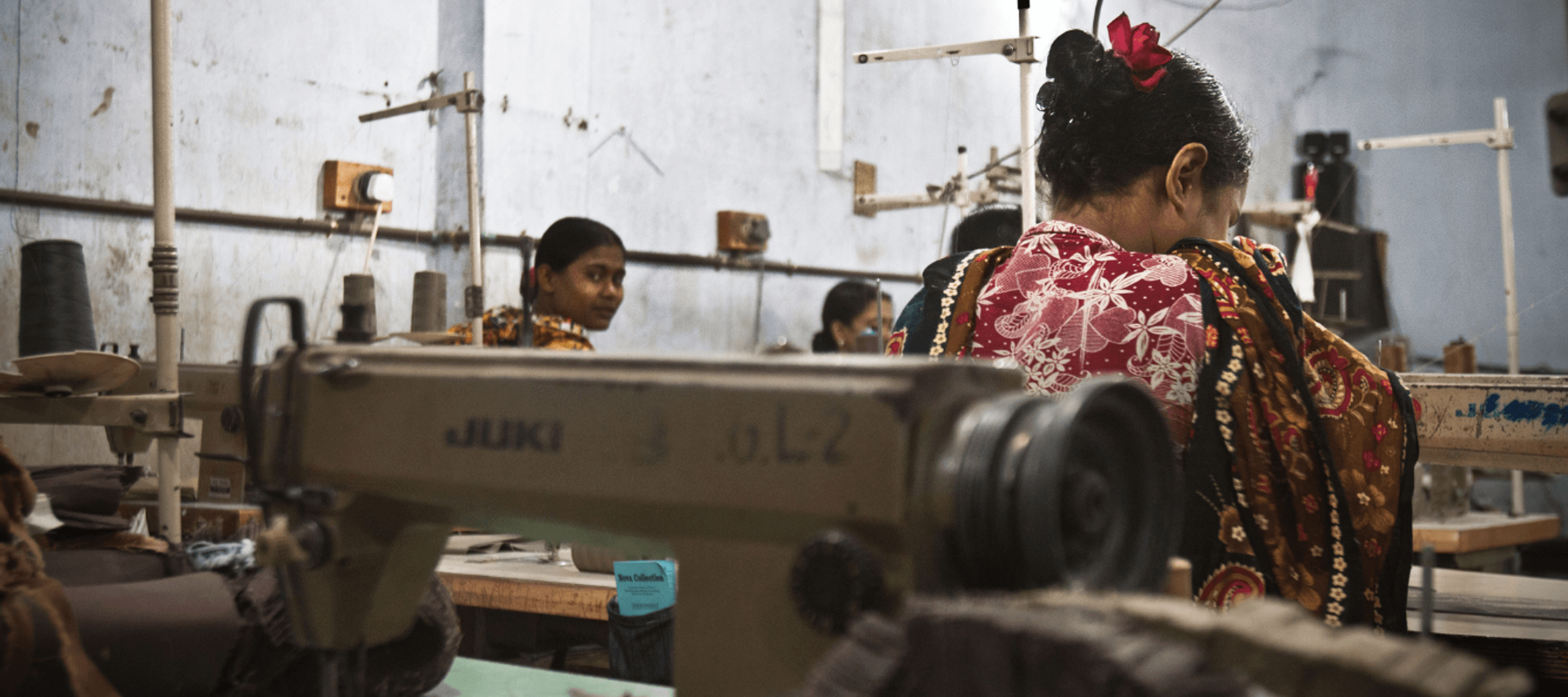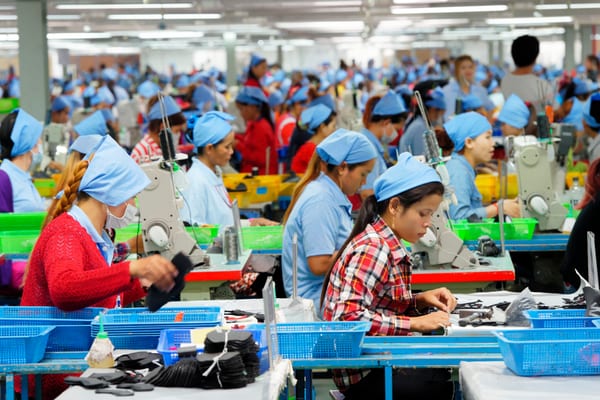Rana Plaza 10 Years On - Lessons for Human Rights and Business
21 April 2023

It’s been 10 years since the collapse of the Rana Plaza building in Bangladesh, which killed 1,134 people and injured thousands more, most of whom were working in factories supplying clothing for international brands.
Progress has been made to protect workers, but questions remain.
Only 27% of the 7000 garment factories in Bangladesh participated in the Accord and Alliance initiatives - the main international standards created to protect workers following Rana Plaza’s collapse. That leaves an estimated three million workers without the protection provided by international standards.
What did we learn from this disaster about how businesses and governments can better protect the rights of workers? How have business and human rights interventions that followed the disaster fallen short? What still needs to happen to better protect workers in global supply chains?
IHRB’s Senior Advisor Salil Tripathi and Sanchita Banerjee Saxena, an IHRB Research Fellow and Director at the Subir and Malini Chowdhury Center for Bangladesh Studies at the University of California at Berkeley, have published a briefing paper - Rana Plaza ten years on: lessons for human rights and business - which examines the impact of the disaster and the steps taken since.
Download the briefing
Briefing takeaways:
- Progress has been made, and buildings are safer, but more holistic protections for workers are weak. This is because the garment industry still largely relies on fast-fashion and ‘just-in-time’ operating models, which exerts tremendous downward pressure on wages and costs and forces suppliers to cut corners.
- The problem is not unique to garment exports from Bangladesh - other factories, other sectors, and other countries are vulnerable. This is a global supply chain issue.
- We need to reimagine how supply chains operate, and vastly improve built-in protection for the most vulnerable workers.
Reimagining supply chains:
- Companies must be transparent about how their supply chains are structured and what steps they are taking to ensure compliance with international standards.
- Companies can redesign supplier contracts to adopt model contract clauses that include the UN Human Rights Guiding Principles.
- More should be done to shift from indirect sourcing models for garment production, which result in short-term interactions with several suppliers based on minimising costs and maximising order volumes, to direct relationship models, helping to create long-term partnerships and therefore better protection of labour rights.
Briefing attribution
Rana Plaza 10 Years On: Lessons for Business and Human Rights. The principal authors are Sanchita Banerjee Saxena, IHRB Research Fellow and Director at the Subir and Malini Chowdhury Center for Bangladesh Studies at the University of California at Berkeley, and Salil Tripathi, Senior Adviser – Global Issues, IHRB. IHRB colleagues Scott Jerbi and Sam Simmons contributed to the report and IHRB colleague Deborah Sagoe designed the report.




